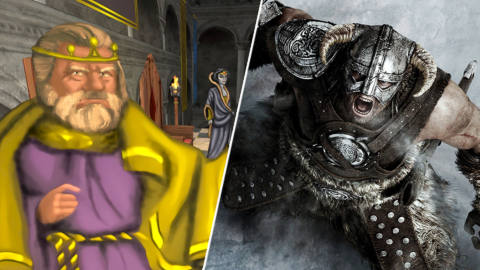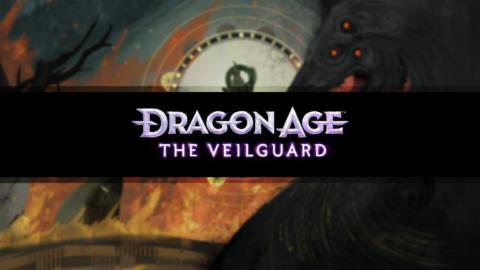
When Daggerfall first released in 1996, I wasn’t aware of it because I was 12 and therefore incapable of growing a convincing beard. In the decades since, it’s become something of a legend; jostling with its direct sequel, Morrowind, for premium position as the quintessential Elder Scrolls game that none of the others can live up to in the minds of its proponents. It’s a curious juxtaposition – they are both instantly recognisable as Elder Scrolls games, but Morrowind is quite antithetical to Daggerfall in its approach, deliberately so. Their differences reflect a fundamental shift, that’s still ongoing, in what a role-playing video game is: an adaptation of the tabletop experience, or a simulation of life in a fantasy world?
If time travel were real, it wouldn’t be like it is on telly, where contemporary heroes arrive in a quainter era with an inbuilt advantage over the locals because of their nicer politics and foreknowledge. No; in reality, it would be scary, confusing, and intimidating – like when you’re in a new city and try to get on a bus, and you realise that you have absolutely no idea what the local bus etiquette is. It would be that, but billions of times worse and applied to every conceivable facet of life. Playing shite old RPGs is the closest thing we have to genuine time travel: to set foot in a world that, despite its vague familiarity, is built on a vastly and impenetrably different set of expectations.
In the mid-1990s, the idea that computer software – of any kind – could be designed with ease of use in mind for mass market adoption was still a fairly new one. RPGs? Forget it. Those were games for nerds, and specifically the kinds of nerds into tabletop role-playing with complex levelling systems, stat checks, combat multipliers, and all the other poindexter math that CPUs handle for us now. The audience expected complexity. Demanded it, even.






